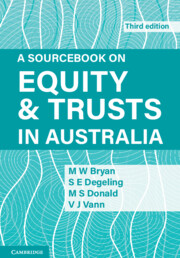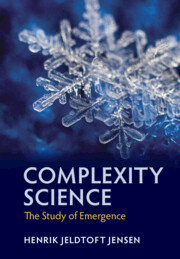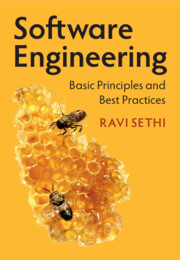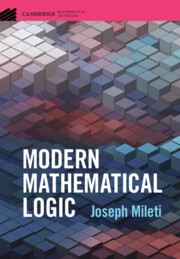Refine search
Actions for selected content:
36807 results in Cambridge Textbooks
1 - What Is International Law?
-
- Book:
- Fundamental Perspectives on International Law
- Published online:
- 23 November 2022
- Print publication:
- 15 December 2022, pp 16-52
-
- Chapter
- Export citation
8 - The Use of Force by States
-
- Book:
- Fundamental Perspectives on International Law
- Published online:
- 23 November 2022
- Print publication:
- 15 December 2022, pp 442-493
-
- Chapter
- Export citation
6 - International Organizations
-
- Book:
- Fundamental Perspectives on International Law
- Published online:
- 23 November 2022
- Print publication:
- 15 December 2022, pp 303-366
-
- Chapter
- Export citation
Glossary
-
- Book:
- Quantum Mechanics
- Published online:
- 14 January 2023
- Print publication:
- 15 December 2022, pp 356-367
-
- Chapter
- Export citation
B - Poisson Brackets in Classical Mechanics
-
- Book:
- Quantum Mechanics
- Published online:
- 14 January 2023
- Print publication:
- 15 December 2022, pp 351-353
-
- Chapter
- Export citation
11 - The Path Integral
-
- Book:
- Quantum Mechanics
- Published online:
- 14 January 2023
- Print publication:
- 15 December 2022, pp 268-298
-
- Chapter
- Export citation
13 - Why Quantum Mechanics?
-
- Book:
- Quantum Mechanics
- Published online:
- 14 January 2023
- Print publication:
- 15 December 2022, pp 337-344
-
- Chapter
- Export citation
4 - Axioms of Quantum Mechanics and their Consequences
-
- Book:
- Quantum Mechanics
- Published online:
- 14 January 2023
- Print publication:
- 15 December 2022, pp 58-88
-
- Chapter
- Export citation
10 - International Environmental Law
-
- Book:
- Fundamental Perspectives on International Law
- Published online:
- 23 November 2022
- Print publication:
- 15 December 2022, pp 544-599
-
- Chapter
- Export citation
Foreword
-
- Book:
- Fundamental Perspectives on International Law
- Published online:
- 23 November 2022
- Print publication:
- 15 December 2022, pp xvii-xviii
-
- Chapter
- Export citation
2 - States and Individuals in International Law
-
- Book:
- Fundamental Perspectives on International Law
- Published online:
- 23 November 2022
- Print publication:
- 15 December 2022, pp 53-133
-
- Chapter
- Export citation
Copyright page
-
- Book:
- Fundamental Perspectives on International Law
- Published online:
- 23 November 2022
- Print publication:
- 15 December 2022, pp iv-iv
-
- Chapter
- Export citation
C - Further Reading
-
- Book:
- Quantum Mechanics
- Published online:
- 14 January 2023
- Print publication:
- 15 December 2022, pp 354-355
-
- Chapter
- Export citation
Tables
-
- Book:
- Fundamental Perspectives on International Law
- Published online:
- 23 November 2022
- Print publication:
- 15 December 2022, pp xvi-xvi
-
- Chapter
- Export citation
9 - The Hydrogen Atom
-
- Book:
- Quantum Mechanics
- Published online:
- 14 January 2023
- Print publication:
- 15 December 2022, pp 201-240
-
- Chapter
- Export citation

A Sourcebook on Equity and Trusts in Australia
-
- Published online:
- 14 December 2022
- Print publication:
- 19 December 2022
-
- Textbook
- Export citation

Complexity Science
- The Study of Emergence
-
- Published online:
- 13 December 2022
- Print publication:
- 17 November 2022
-
- Textbook
- Export citation

The Psychology of Poverty, Wealth, and Economic Inequality
-
- Published online:
- 13 December 2022
- Print publication:
- 05 January 2023
-
- Textbook
- Export citation

Software Engineering
- Basic Principles and Best Practices
-
- Published online:
- 09 December 2022
- Print publication:
- 08 December 2022
-
- Textbook
- Export citation

Modern Mathematical Logic
-
- Published online:
- 08 December 2022
- Print publication:
- 22 September 2022
-
- Textbook
- Export citation
